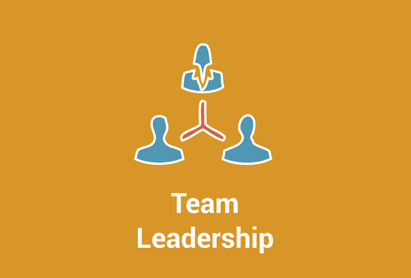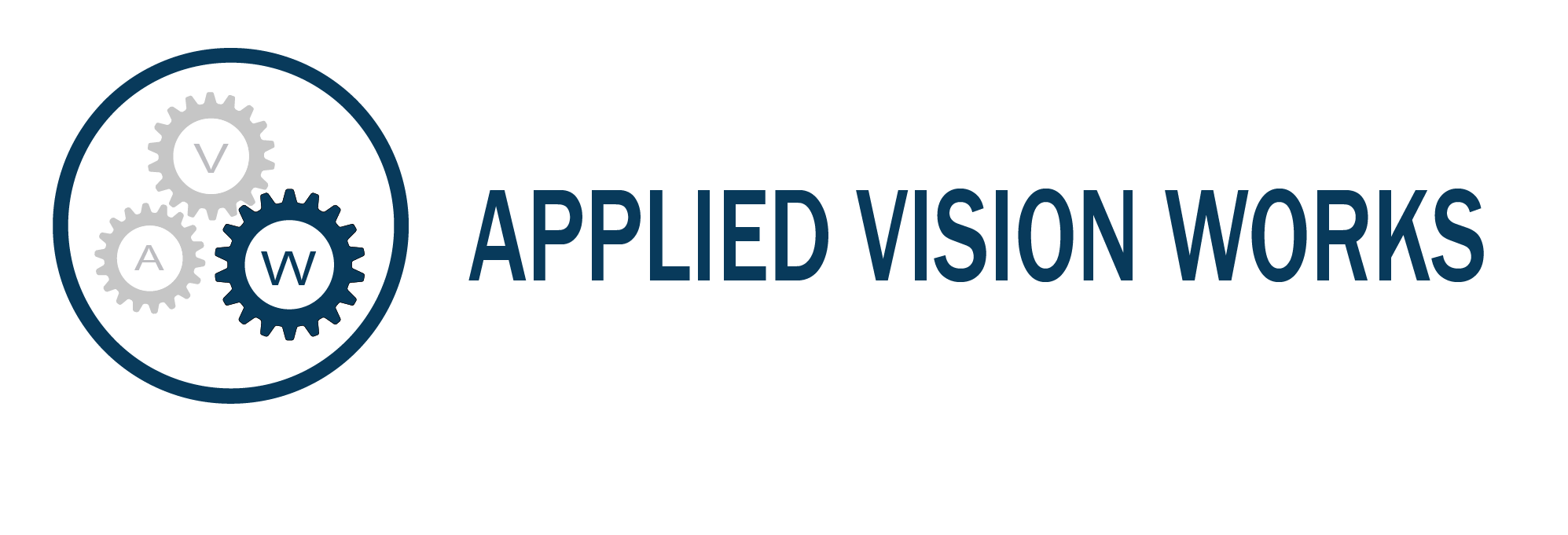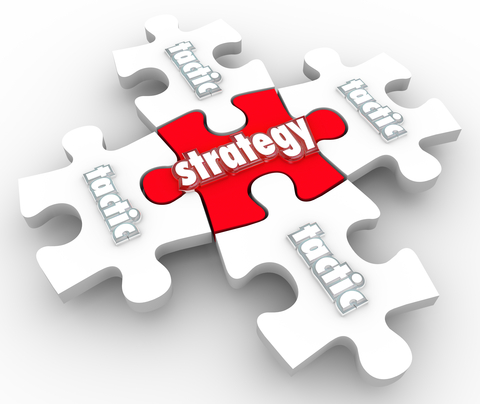
Change Management Process for New Managers
Effective Coaching in the Workplace
Business Meeting Itinerary and Change Management

- business meeting
- business meeting agenda template
- business meeting planner
- Business Operations
- change management
- change management models
- change management plan
- change management process
- change management tools
- change organization
- Coaching
- Communication
- Employee Engagement
- leadership
- leading change management
- manage change effectively
- manage change workplace
- manage organizational change
- Meeting planning
- Meetings
- strategic planning

Meetings can cost a lot of money if they are not productive. If your manager has put you in charge of leading an upcoming meeting, ensure it goes well by using these guidelines:
- Goals: have specific, tangible SMAART Goals for the meeting, as well as sub goals. Transform the goals into questions.
- Questions: ask questions that get them thinking about the whole organization. The objective is to get them to see, think about and consider the entire map and not zero in on just one aspect. Fitting this meeting, idea, department, initiative into the overall organizational goals and strategies is important. (If attendees get stuck, give them answers that are not right, ask them what the key question is, do not use yes/no questions and ask if what is being discussed can change the game or are immaterial.)
- Prepare: for the best meetings, information should be exchanged before the meeting so that the meeting begins with movement – as opposed to discussing data that could have been read prior.
Meetings started out as a way to bring people together in a room to discuss a problem or opportunity. Now they are the norm in every type of business and although they can seem to be tedious, there are good reasons to have meetings. Some meetings have to occur on a remote basis because the needed participants are in various offices or even several time zones away. The basics for these meetings are the same, with some additional considerations for video conferencing.
- Begin effectively: explain the objective, why it is exciting, how they are empowered and ask two questions to start their involvement. (We are here today to talk about next year’s budget. This is exciting to look to the future and see what’s possible and Steve has elected us to take charge of getting this project done. What are the products and markets that can best increase our sales? How about our profitability?)
- Decision Making: break this process into at least four parts. Part 1 is what you know, Part 2 is brainstorming, Part 3 is choosing the best practical solution (as opposed to the best solution) and Part 4 is getting buy-in and implementing.
- 3×3 Rule: the senior person in the room should not share an opinion until at least 3 others have spoken or when at least 3 minutes has elapsed, whichever is later.
- Consensus: the goal is not to get the best or “perfect” solution, but to get where the majority of people in the room agree that the solution under discussion is the best practical answer, given resource limitations. Others must be able to live with it and support it publicly. (Read more about consensus.)
- Energy: energy is important to a meeting. Whether it is a short break, a funny story, a video, an exercise or other activity, you must keep energy high or you will lose the creativity.
- Ending the meeting: review what you did, preview what is next, fit all that into the big picture of what is happening, and clarify the actions that will be taken by who and when. Always have someone to fill the role of scribe and have them distribute written notes including actions assigned within 3 days of the meeting.
For more on leadership and how to have great meetings, contact our expert guides at 1-800-786-4332 or email Candace at cclemmer@appliedvisionworks.com. It only takes 30 minutes to get started.
Take a moment to review our Video Blog about Meetings by clicking here.






